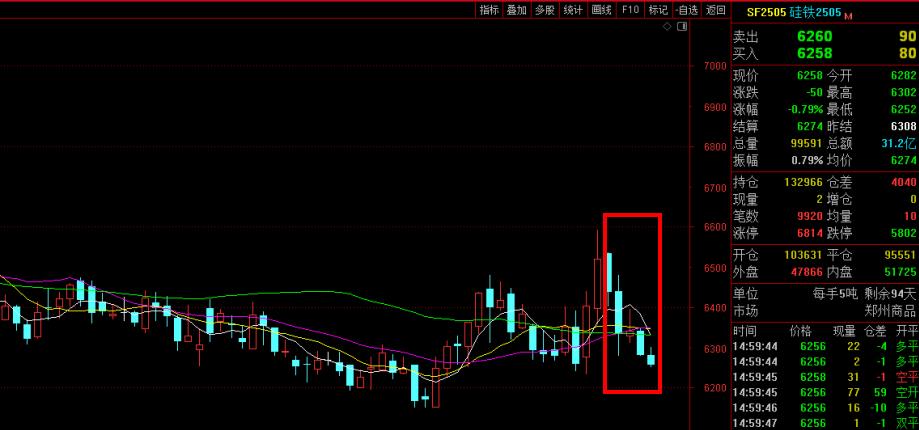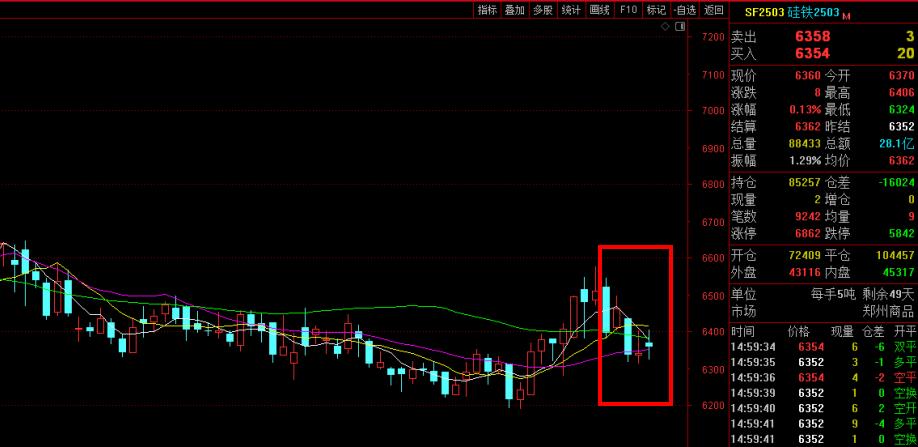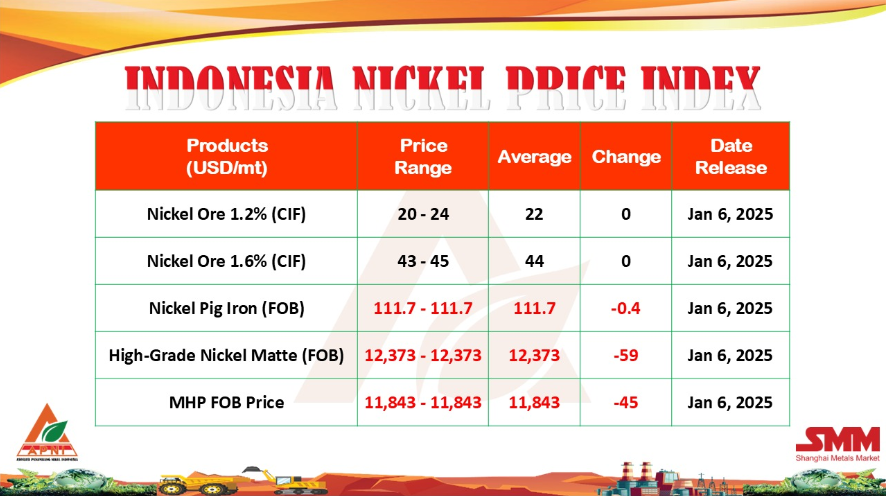[ferro-alloys.com] South Africa’s long-standing position asthe top global ferrochrome producer is being lost and the export of raw, unbeneficiated chromite ore is on the rise from this country.
Heinz Pariser Alloy Metals and Steel Market Research director Dr Gerhard Pariser, who addressed the MetalBulletin Event’s chromite conference in Johannesburg this week, says that South Africa’s export of ore is rising sharply and its export of ferrochrome is declining.
This is completely counter to South African government policy, which promotes the beneficiation that ferrochrome embodies.
“To put it in a very simple way, Africa is supplying and China’s buying,” says Pariser.
The local production of ferrochrome creates five times more value in the South African economy that chromes ore extraction and three times more jobs.
For every ton of ferrochrome exported, R9 000 is put into South Africa’s gross domestic product (GDP) compared with only R1 600 for every ton of ore exported.
South Africa’s advantage of hosting 72% of the world’s chromite reserves – 82% when the upper group two (UG2) reserves of the platinum mines is added – is being eroded as a result of high electricity and labour costs.
China, which absorbs 80% of the chrome traded, has usurped South Africa’s pre-eminent position but at a cost to the environment as its less modern furnaces emit 15% more carbon dioxide (CO2) into the atmosphere.
“This year we’re looking at a 50% share of South Africa’s chrome ore supply going to exports,” Pariser calculates, adding that 65% to 70% of the ore is from UG2 reef.
The decline in ferrochrome production is poised to give rise to the potential loss of between 60 000 and 80 000 South African jobs in domestic ferrochrome smelters, which are currently significantly underutilised.
Potential loss to the GDP is estimated at R23-billion.
In 2010, South Africa’s ferrochrome industry, which is the beneficiation baseline of the chrome value chain, contributed R42-billion to GDP, R36-billion in foreign exchange earnings and sustained 200 000 jobs.
Since 2006, the chrome value chain has paid R2.5-billion a year in taxes and invested R3.5-billion a year.
South Africa has state-of-the-art technology within large, closed furnaces that maximise productivity and minimise CO2 emission.
The monopoly market that China is developing for ferrochrome is seen as a major reason for chrome and ferrochrome prices falling to their lowest levels since 2009.
“What we have been observing for the last year is that some Western players, both in the chrome ore market and in ferrochrome, are leaving the market and postponing projects,” Pariser says.
But this is not the case with Chinese companies, which are continuing to invest and to close down outdated capacity.
China’s capacity to smelt ferrochrome is expected to rise to six-million tons by the end of 2015.
Copyright © 2013 Ferro-Alloys.Com. All Rights Reserved. Without permission, any unit and individual shall not copy or reprint!
- [Editor:editor]



 Save
Save Print
Print Daily News
Daily News Research
Research Magazine
Magazine Company Database
Company Database Customized Database
Customized Database Conferences
Conferences Advertisement
Advertisement Trade
Trade














 Online inquiry
Online inquiry Contact
Contact

Tell Us What You Think